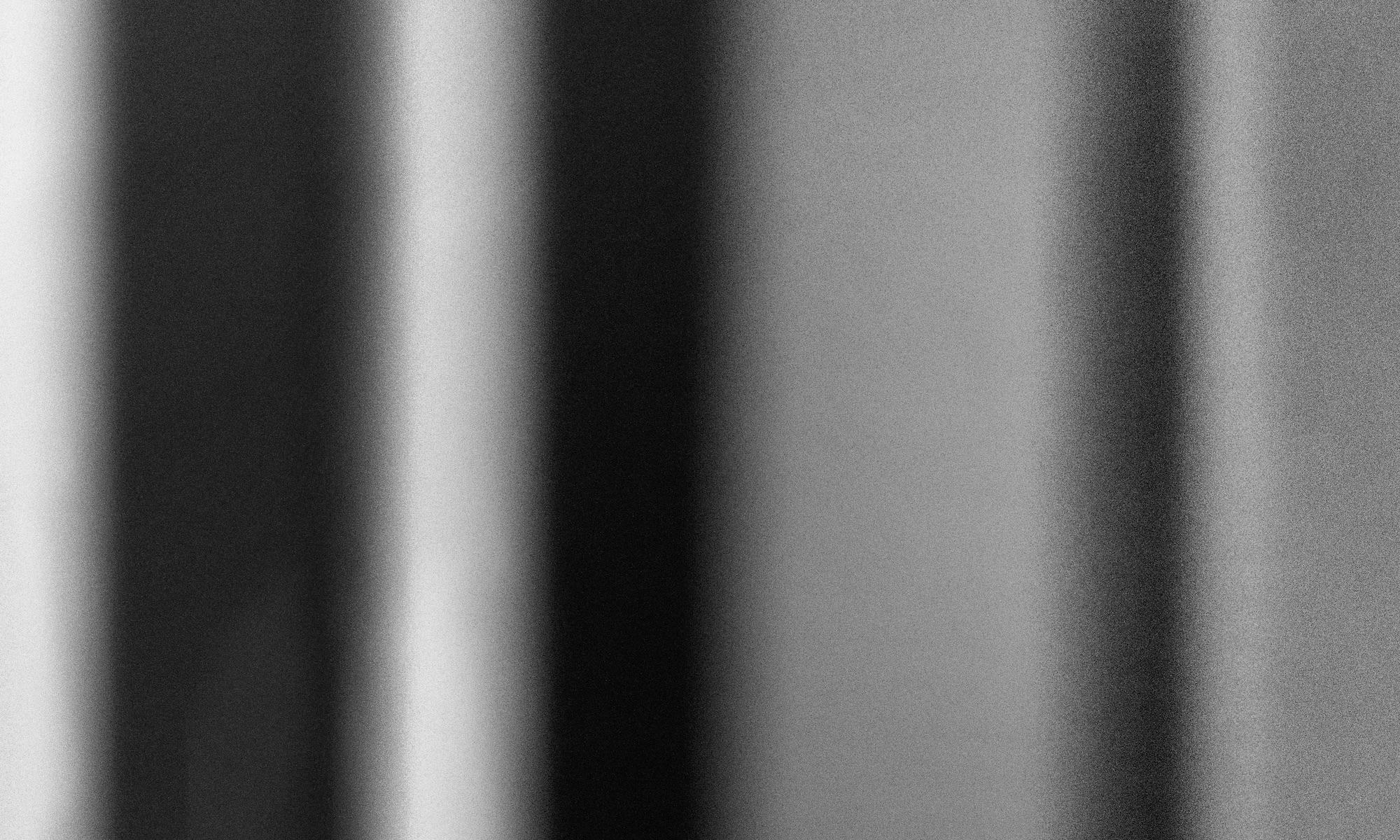Permeability
The work. Spatial metaphors both help and hinder how we make sense of, and make our way in, the world. Adoption of the territorial notion of the boundary helps us to think about relationships between people, places, things and the more than human, and to speculate about, for instance, the relative strength of our sense of separation/insulation and strategies for boundary crossing. It also sends us on the never-ending quest, or contest, to determine where one thing ends and another begins. Whilst we can think about the edgelands that line the urban stretches of our rivers in terms of bounded packages of land, variously owned and consigned to specific functions, from infrastructure to recreation, or left to their own devices, these are clearly leaky and permeable spaces. So much more than the river flows through them. The three projections and soundscapes (Beneath, River Roding/A406 and Black on Maroon) explore that permeability. Time periods tumble into and intermingle with each other, substances are mutually compromised and transformed, vibrations from sources out of sight agitate us and disturb the landscape, processes from the past recast the present. In the fourth piece, an installation comprising of primative camera obscura made from cardboard boxes, plastic lenses and tracing paper, bring the outside visually into the darkened room. Permeability abounds and boundaries lose their purchase.
Comment. In an earlier project, I walked around the edges of housing developments in east London making images and field recordings, which I combined with texts, maps, historical images and other material to create portable archives to use in activities with residents. I noted the differences between what can be seen and what can be heard in the process of urban regeneration (and what cannot be seen and heard, and said and thought, and the influence on this of how experiences are mediated and knowledge constructed). In planning an Arts Council bid this year, I walked with a collaborating artist along the urban sections of the River Roding, which runs alongside and beneath several major roads and motorways in east London. She remarked that the incessant thunderous sound of the roads ‘spoiled’ her experience of the river and surrounding landscape. At the end of a difficult year, I want to take the opportunity to extend my practice to explore the idea of ‘spoiling’ in relation to time and different modes of engagement with and experience of the environment.
Research. My practice-based research explores plurality in contemporary art, through the design and implementation of a series of collaborative multi-disciplinary projects and the dissemination and analysis of the artistic work produced. Artists commonly lead double or multiple lives, often as a response to economic precariousness. At a time of disruption and transformation of established practice provoked by a succession of global challenges, this study explores the creative potential of the ability to move between multiple and diverse contexts and forms of activity, and the benefits of the critical dialogues this facilitates.
Beneath, 2024
Black on Maroon, 2024
River Roding/A406 (without fade or soundtrack), 2024










